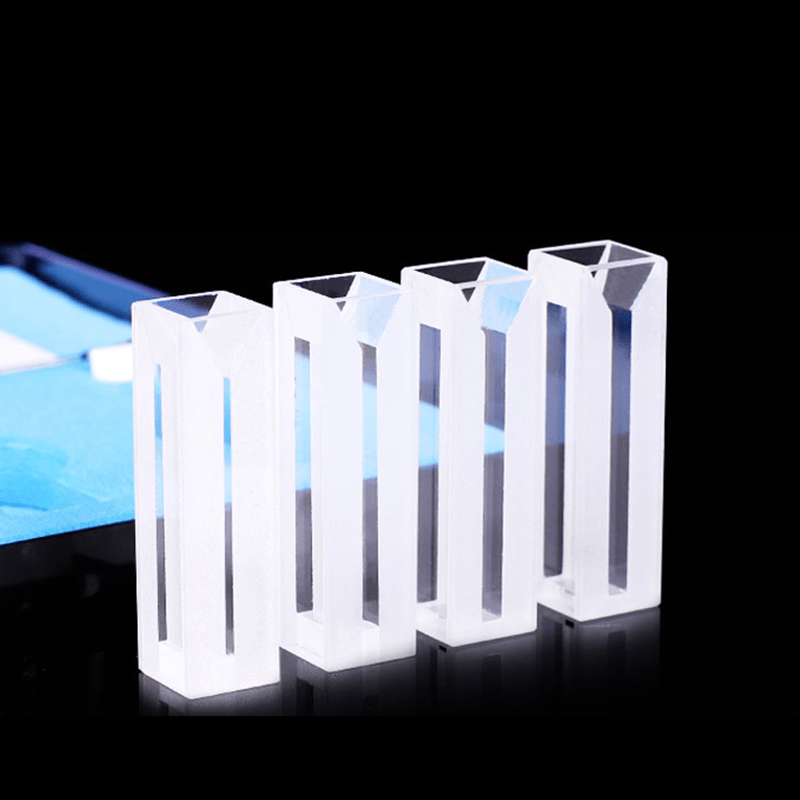The Role of Cuvette Measurement in Ensuring Precise Scientific Analysis
The Role of Cuvette Measurement in Ensuring Precise Scientific Analysis
Blog Article

The Great things about Cuvettes and Quartz Vials in Scientific Research
In scientific study, the accuracy and stability of dimensions are paramount, especially in areas like spectroscopy, compound evaluation, and biology. One critical ingredient that assures accuracy in these studies is the cuvette, particularly cuvet. Knowledge the advantages of cuvettes and the benefits of using quartz vials may considerably influence the outcome of experiments and lab work.
Accuracy in Spectroscopy
Cuvettes are essential for holding liquid products in several diagnostic tools, such as spectrophotometers. These units assess the absorbance or transmission of light through an example, and the cuvette serves since the container for the trial throughout analysis. The measurement and product of the cuvette enjoy an essential position in ensuring the precision of the measurements. Quartz vials, especially, provide excellent optical quality, allowing for exact mild transmission across a wide range of wavelengths, including ultraviolet (UV) light. This makes quartz vials an excellent choice for spectroscopic experiments, wherever precision is critical.
Longevity and Substance Resistance
Quartz vials stand out due to their longevity and resistance to tough chemicals. Unlike plastic cuvettes, quartz vials are less likely to degrade or react with compounds in the trial, ensuring that the outcomes of the test stay unaffected by possible contamination. That quality makes quartz vials specially helpful in surroundings where extreme solvents or large temperatures are involved. Their ability to resist serious conditions without diminishing the integrity of the sample is one of the primary causes they are favored in lots of laboratory applications.
Accuracy in Measurement and Shape
How big a cuvette is not a one-size-fits-all situation. The dimension of the cuvette, such as for instance its way size, impacts the amount of the taste and the quantity of light that passes through. Choosing the proper cuvette size for the particular try guarantees that the email address details are not manipulated because of under or over-concentration of the sample. Quartz vials can be found in many different styles and forms, allowing scientists to pick the most ideal option based on the demands of these experiment. That flexibility plays a part in more appropriate data and allows for greater get a handle on over fresh conditions.
Transparency and Gentle Sign
Quartz is noted for their extraordinary openness, particularly in the ultraviolet (UV) and visible light spectra. That makes quartz vials perfect for used in devices that want clear visual trails, such as for instance UV-Vis spectrophotometers. The remarkable light transmission houses of quartz make certain that the light passes through the taste with small dropping or consumption, leading to more appropriate readings. For studies that need high precision, quartz vials offer a definite advantage over other materials.
Long-Term Stability
When in study labs, it is crucial to have reliable tools that maintain their reliability around time. Quartz vials are not only chemically resilient but also very tough, indicating they are less likely to experience use and tear. This long-term consistency assures that scientists may use quartz vials for lengthy intervals without worrying all about degradation or the need for frequent replacements, adding to cost-effectiveness in the extended run.
To conclude, equally cuvettes and quartz vials offer a variety of advantages that increase the standard and precision of laboratory experiments. From their superior visual quality to their compound weight and durability, these tools are essential in clinical research. By selecting the proper cuvette size and applying quartz vials, researchers may assure accurate dimensions and achieve more trusted results in their studies. Report this page